Cold Cover Letter Template for Successful Job Applications
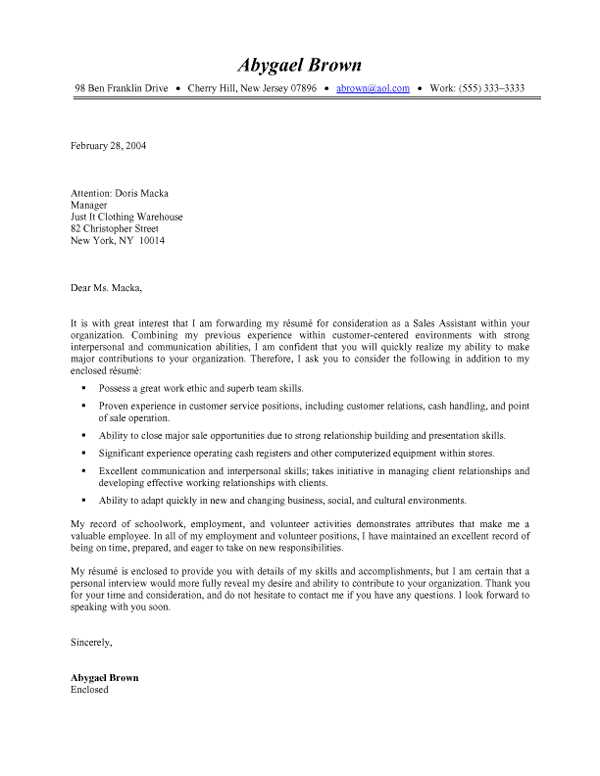
When reaching out to potential employers without a direct connection, it’s essential to create a compelling and professional introduction. A well-written message can help you stand out and capture the attention of hiring managers, even if no job listing is available. The goal is to convey your qualifications, interest, and initiative while maintaining a polite and professional tone.
Mastering the art of a personalized approach is key in such instances. Instead of sending a generic inquiry, tailor your communication to highlight how your skills align with the company’s needs. By showing genuine interest in the organization and its values, you increase the chances of receiving a response.
By focusing on clarity, conciseness, and relevance, your communication can leave a lasting impression. Whether you’re applying for a position or networking, the right approach can open doors to new opportunities and professional growth.
Cold Cover Letter Template for Job Seekers
Reaching out to a company without an open position can be a strategic move in your job search. Crafting a professional and engaging introduction that communicates your skills, experience, and interest in the organization can catch the attention of hiring managers. This approach shows initiative and determination, positioning you as a proactive candidate even in the absence of a current job opening.
When constructing your message, focus on clarity and personalization. Express your genuine interest in the company’s work and values, while demonstrating how your expertise can contribute to their success. A well-composed message helps make a lasting impression, increasing your chances of being considered for future opportunities or networking connections.
Keep the tone professional and respectful, but don’t be afraid to show enthusiasm for the company’s mission. Highlight key aspects of your background that align with the company’s goals, and make sure to convey why you’re reaching out at this time. A carefully crafted message can lead to valuable discussions and potential job leads down the road.
Why Cold Cover Letters Matter
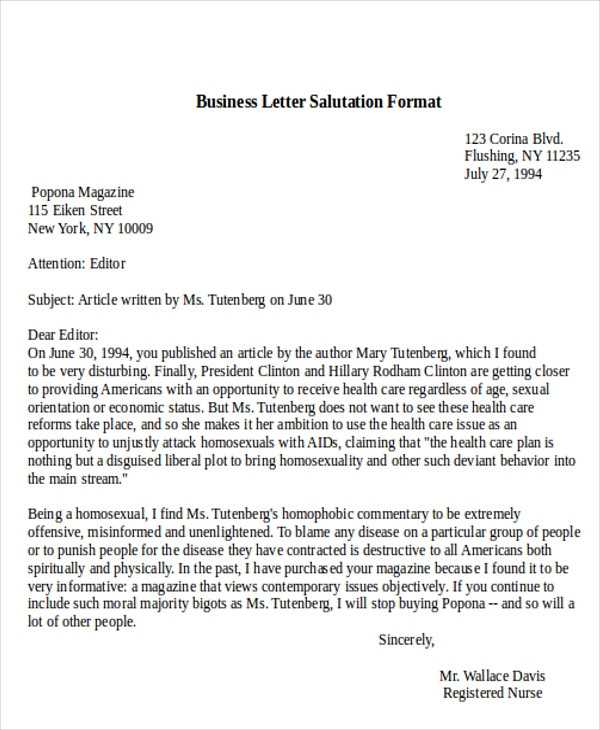
Initiating contact with a company when no open positions are listed can be an effective way to establish connections and demonstrate your interest. This proactive approach shows that you are willing to go beyond the usual job postings, helping you stand out in a competitive job market. By introducing yourself, you create a potential opportunity where there previously may have been none.
Building a Professional Network
Sending a well-crafted introductory message can lead to valuable professional relationships. Even if the company isn’t hiring right now, your message may catch the attention of decision-makers and encourage them to keep you in mind for future roles. Networking in this way can open doors to opportunities that wouldn’t have been available otherwise.
Demonstrating Initiative and Interest
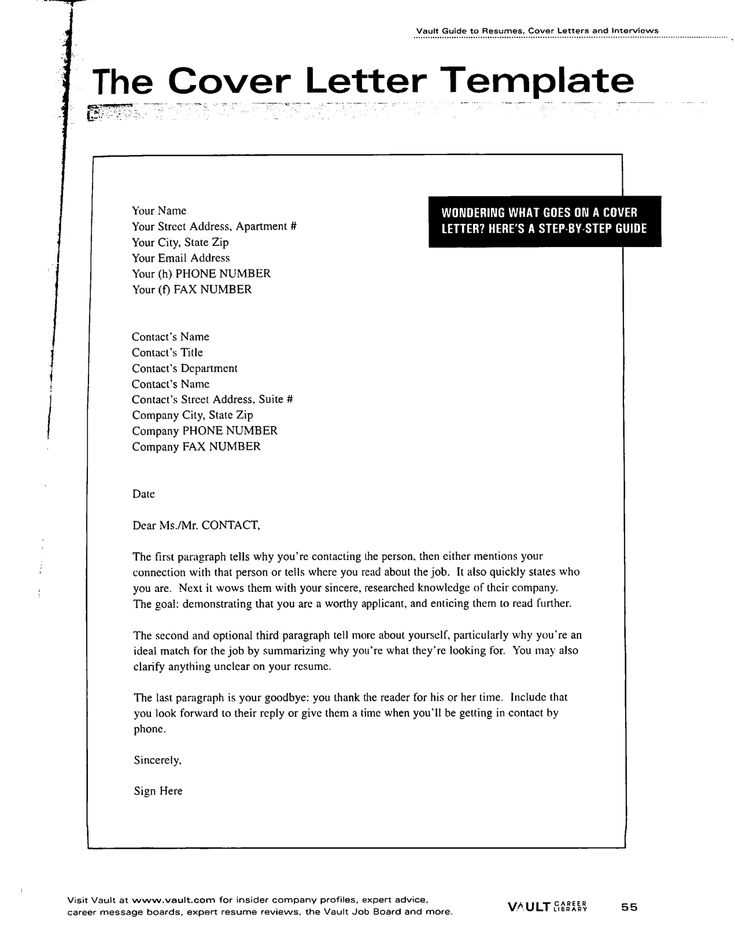
Reaching out to an organization on your own shows that you are proactive and truly interested in their work. This type of communication conveys to employers that you are not just looking for any job, but that you have a specific interest in their company. It highlights your enthusiasm and your effort to stand out from other candidates.
- Establishes a direct line of communication with key decision-makers.
- Positions you as a motivated and forward-thinking candidate.
- Can uncover hidden job opportunities or future openings.
- Enhances your chances of being remembered for later opportunities.
How to Structure Your Letter
Creating a well-organized and clear communication is crucial when reaching out to a company without a current job opening. A thoughtfully structured message makes it easier for the reader to grasp your key points quickly and increases your chances of leaving a positive impression. By following a simple structure, you ensure that your message is both professional and compelling.
Essential Components of Your Message
Your communication should include key elements to effectively convey your qualifications and interest. Each section of the message serves a specific purpose, ensuring that the reader understands who you are, why you are reaching out, and what you can offer. Here’s a basic structure to follow:
| Section | Purpose |
|---|---|
| Introduction | State who you are and explain why you are reaching out. |
| Body | Highlight your relevant skills, experience, and interest in the company. |
| Conclusion | Express your desire for further communication and thank them for their time. |
Keeping It Concise and Professional
Remember to keep your message clear and to the point. Avoid long paragraphs and unnecessary details that may distract from the main purpose of your communication. A well-organized structure ensures that the reader can easily digest your message and see your potential value right away.
Key Elements to Include in Your Letter
To create an impactful message when reaching out to a company, it’s important to include the right elements that highlight your strengths and demonstrate your genuine interest. Each part of your communication should serve a specific purpose to engage the recipient and make a lasting impression. These key components ensure your message is both professional and persuasive.
Introduction: Make a Strong First Impression
The first part of your communication should quickly introduce who you are and why you are contacting the company. Be concise and direct, mentioning your background and specific interest in the organization. This sets the tone for the rest of the message and encourages the reader to continue.
Body: Showcase Your Value
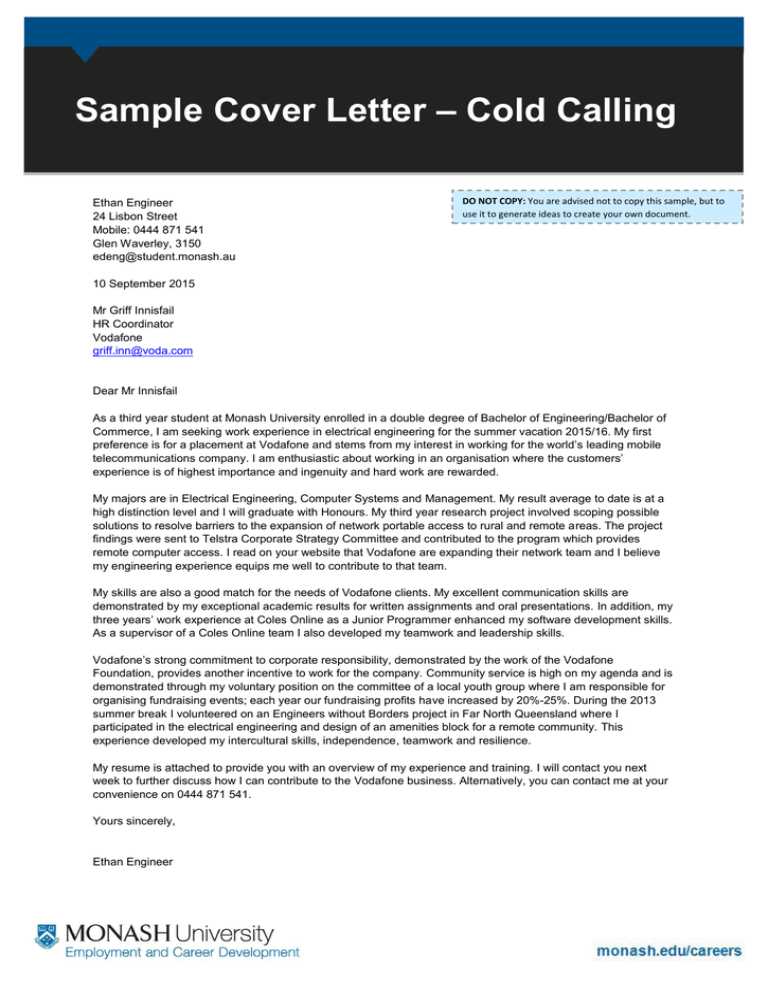
In the body of your message, focus on how your skills and experience align with the company’s needs. Emphasize what you can bring to the table and how your expertise can contribute to their success. This section should be personalized, showing that you’ve researched the company and understand its goals. Tailor your message to fit the company’s values and specific areas of focus.
Don’t forget to keep the body concise, focusing on your most relevant achievements and skills. Avoid overwhelming the reader with too much detail. Instead, aim for clarity and relevance to increase the likelihood of a positive response.
Tips for Personalizing Your Message
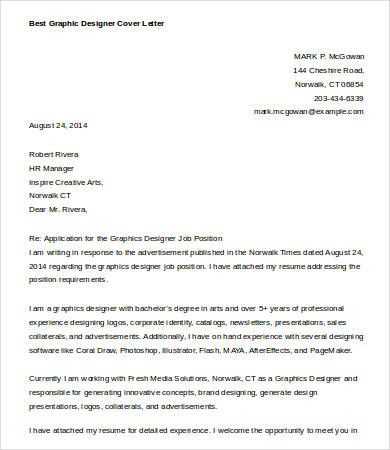
Personalizing your communication is essential when reaching out to companies. A generic message is less likely to engage the recipient, while a customized approach can show that you’ve taken the time to research the organization and understand its needs. By tailoring your message, you increase the chances of making a meaningful connection and receiving a response.
Research the Company
Before crafting your message, take the time to learn about the company’s mission, values, and recent projects. This helps you connect your skills and experience to the company’s specific goals. Mentioning a recent achievement or initiative that aligns with your expertise demonstrates that you’ve done your homework and are genuinely interested in the organization.
Address the Right Person
Whenever possible, avoid generic greetings such as “To whom it may concern.” Instead, try to find the name of the hiring manager or the person in charge of the department you’re interested in. Using their name makes your message feel more personal and directed, which can increase the likelihood of it being read. If you can’t find a specific name, use a professional title or department name to make your message feel more tailored.
By personalizing your message, you not only show your enthusiasm for the company, but you also make your communication more memorable and impactful. This can set you apart from other candidates and leave a positive impression on the recipient.
Common Mistakes to Avoid
When reaching out to companies without a job opening, it’s easy to make mistakes that can diminish the impact of your communication. Even small errors can hurt your chances of making a good impression. By being aware of these common pitfalls, you can ensure that your message is polished, professional, and more likely to catch the recipient’s attention.
Sending a Generic Message
One of the most common mistakes is using a one-size-fits-all message for every company. A generic communication often feels impersonal and unoriginal, making it less likely to stand out. To avoid this, always personalize your message by addressing the company’s unique goals and how your skills align with their needs. Tailor your communication to show that you’ve researched the company and have a genuine interest in working with them.
Neglecting to Proofread
Another significant mistake is failing to check your message for grammar, spelling, and formatting errors. Typos or sloppy language can undermine your professionalism and distract from the strength of your message. Before sending, take the time to carefully proofread your communication. A well-written and error-free message demonstrates attention to detail and helps you make a strong first impression.
How to Follow Up After Sending
Following up after you’ve sent your communication is an essential part of the outreach process. It shows your persistence and continued interest in the company, and it can also help ensure that your message hasn’t been overlooked. However, it’s important to approach follow-ups with care, as doing so too soon or too often can come across as pushy. Here’s how to follow up effectively.
Timing Your Follow-Up
The key to a successful follow-up is timing. You want to give the recipient enough time to review your message without overwhelming them. Generally, waiting about a week to ten days before following up is a good rule of thumb. This gives the company time to process incoming communications and decide if they’re interested in engaging with you.
Crafting Your Follow-Up Message
- Keep it short and polite: Your follow-up should be brief and to the point, showing gratitude for their time and reiterating your interest.
- Restate your value: Remind them of how your skills align with their needs, and express your enthusiasm for the potential to collaborate.
- Show understanding: Acknowledge that they may be busy, but express your willingness to connect when convenient for them.
Don’t push too hard in your follow-up; instead, frame it as a gentle reminder that reflects your continued interest. A well-crafted follow-up message is an excellent way to reinforce your professional demeanor and increase the chances of receiving a response.